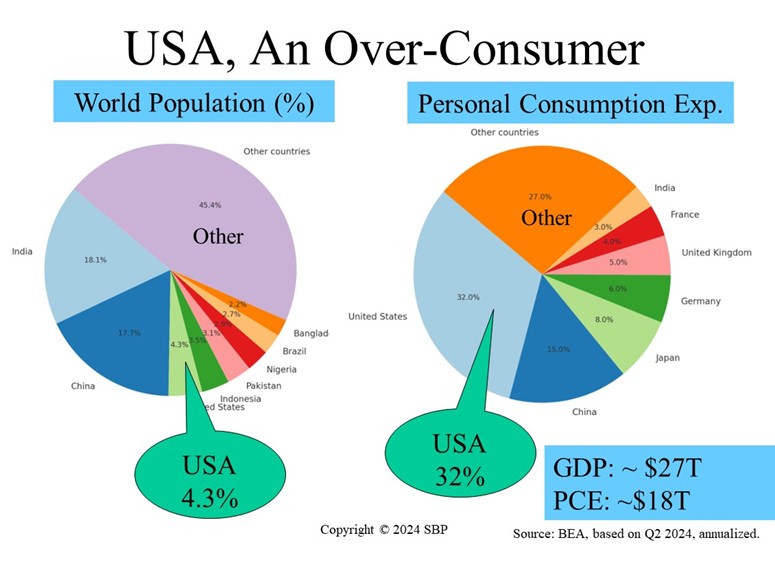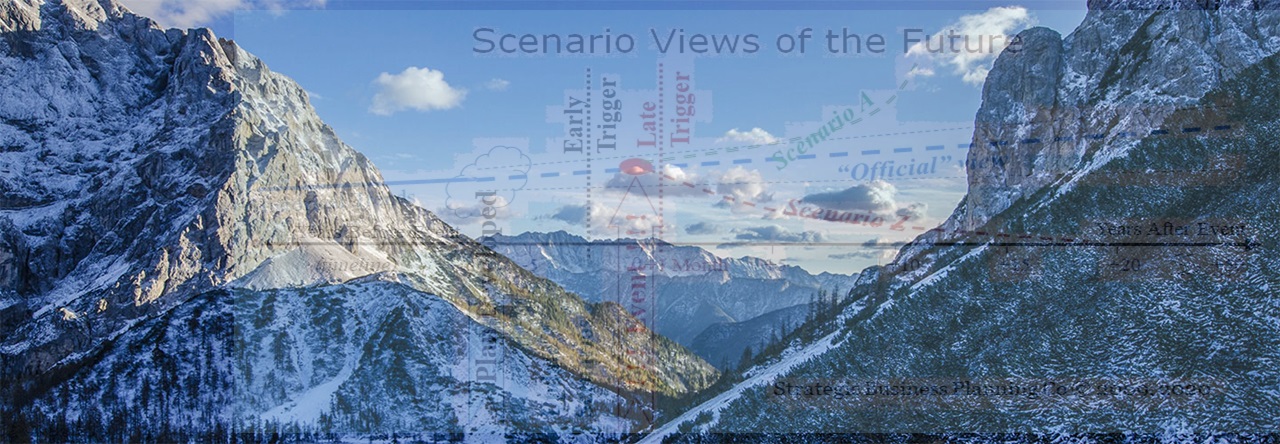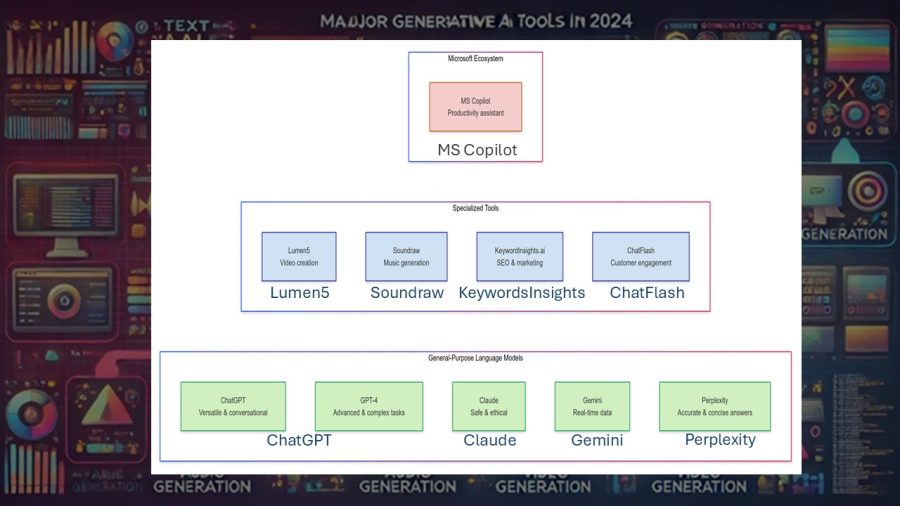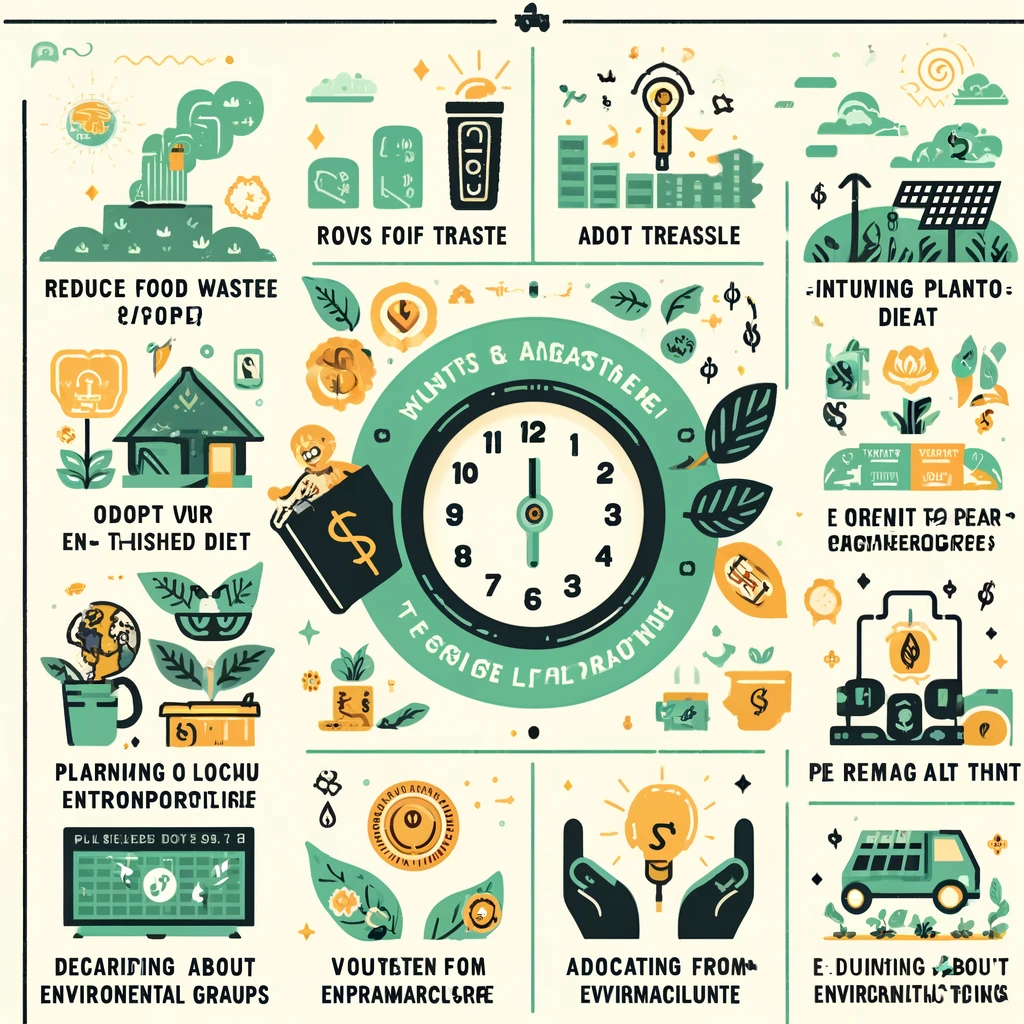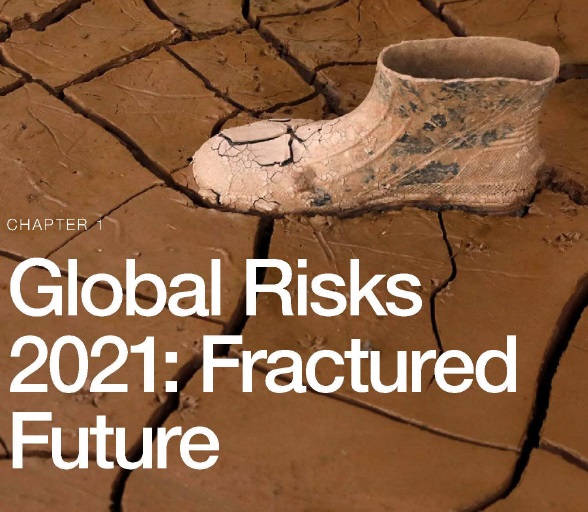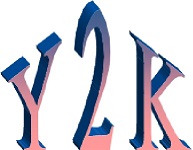It’s been about 10 years since the Great Recession of 2007-2008. (It formally started in December of 2007.) A 2009 McKinsey study showed that CEOs wished that they had done more scenario planning that would have made them more flexible and resilient through the great recession. In a 2011 article, Hall (2011) discusses the genius of crowds and group planning – especially scenario planning.
The Hall article spent a lot of time assessing group collaboration, especially utilizing the power available via the Internet. Wikipedia is one of the greatest collaboration – and most successful – tools of all time. It is a non-profit that invokes millions of volunteers daily to add content and regulate the quality of the facts. In this day of faus news, Wikipedia is a stable island in the turbulent ocean of content. Anyone who has corrections to make to any page (called article) is encouraged to do so. However, the corrections need to fact-based and source rich. Unlike a typical wiki, where anything goes, the quality of content is very tightly controlled. As new information and research comes out on a topic, Wikipedia articles usually reflect those changes quickly and accurately. Bogus information usually doesn’t make it in, and bias writing is usually flagged. Sources are requested when an unsubstantiated fact is presented.
Okay, that’s one of the best ways to use crowds. People with an active interest – and maybe even a high level of expertise – update the content. But what happens when the crowd is a group of laypeople. Jay Leno made an entire career from the “wisdom” of people on the street when he was out Jay Walking. The lack of general knowledge in many areas is staggering. Info about the latest scandal or gossip by celebs, on the other hand, might be really well circulated. So how can you gather information from a crowd of people where the crowd may be generally wrong?
It turns out that researchers at MIT and Princeton have figured out how to use statistics to figure out when the crowd is right and when the informed minority is much more accurate (Prelec, Seung & McCoy, 2017). (See a Daniel Akst overview WSJ article here.) Let’s say you are asking a lot of people a question in which the general crowd is misinformed. The answer, on average, will be wrong. There might be a select few in the crowd who really do know the answer, but their voices are downed out, statistically speaking. These researchers took a very clever approach; they ask a follow-on question about what everyone else will answer. The people who really know will often have a very accurate idea of how wrong the crowd will be. So the questions with big disparities can be identified and you can give credit to the informed few while ignoring the loud noise from the crowd.
Very cool. That’s how you can squeeze out knowledge and wisdom from a noisy crowd of less-than-informed people.
The question begs to be asked, however: Why not simply ask the respondents how certain they are? Or, maybe, ask the people of Pennsylvania what their state capital is, not the other 49 states who will generally get it wrong. Maybe even put some money on it to add a little incentive for true positives combined with costly incorrect answers such that only the crazy or the informed will “bet the farm” on answers where they are not absolutely positive?
But then, that too is another study.
Now, to return to scenario planning. Usually with scenario planning, you would have people that are already well informed. However, broad problems have different silos of expertise. Maybe a degree of comfort or confidence would be possible in the process of scenario creation. Areas where a specific participant feels more confident might get more weight than other areas where their confidence is lower. Hmm… Sounds like something that could be done very well with Delphi, provided there were well informed people to poll.
Note scenarios are different from probabilities… Often scenarios are not high probabilities… You are usually looking at possible scenarios that are viable… The “base case” scenario is what goes into the business plan so that may be the 50% scenario; but all the other scenarios are everything else. The base case is only really likely to occur if nothing major changes in the macro and the micro economic world. Changes always happen, but the question is, does the change “signal” that the bus has left the freeway, and now new scenario(s) are at play.
The average recession occurs every 7 years into a recovery. We are about 10 years into recovery from the Great Recession. Of course, many of the Trump factors could be massively disrupting. Not to name them all, but on the most positive case, a 4% to 5% economic growth in the USA, should be a scenario that every business should be considering. (A strengthening US and world economy may, or may not, be directly caused by Trump.) The nice thing about having sound scenario planning, as new “triggers” arise, they may (should) lead directly into existing scenarios.
Having no scenario planning in your business plan… now that seems like a very bad plan.
Reference
Hall, E. (2009). The Delphi primer: Doing real-world or academic research using a mixed-method approach. In C. A. Lentz (Ed.), The refractive thinker: Vol. 2. Research methodology (2nd ed., pp. 3-28). Las Vegas, NV: The Lentz Leadership Institute. (www.RefractiveThinker.com)
Hall, E. (2010). Innovation out of turbulence: Scenario and survival plans that utilizes groups and the wisdom of crowds. In C. A. Lentz (Ed.), The refractive thinker: Vol. 5. Strategy in innovation (5th ed., pp. 1-30). Las Vegas, NV: The Lentz Leadership Institute. (www.RefractiveThinker.com)
Prelec, D., Seung, H. S., & McCoy, J. (2017, January 26). A solution to the single-question crowd wisdom problem. Nature. 541(7638), 532-535. 10.1038/nature21054 Retrieved from: http://www.nature.com/nature/journal/v541/n7638/full/nature21054.html
